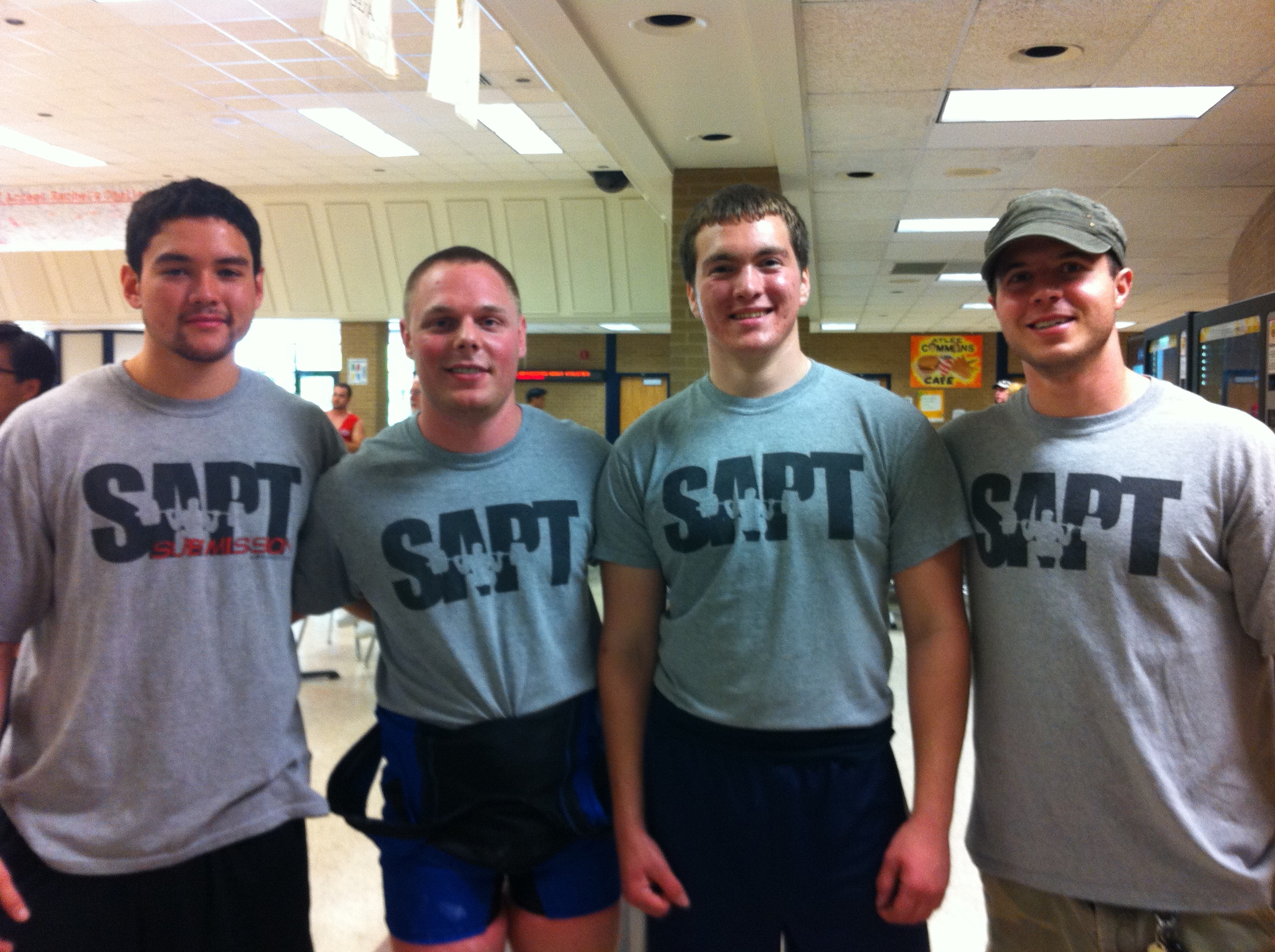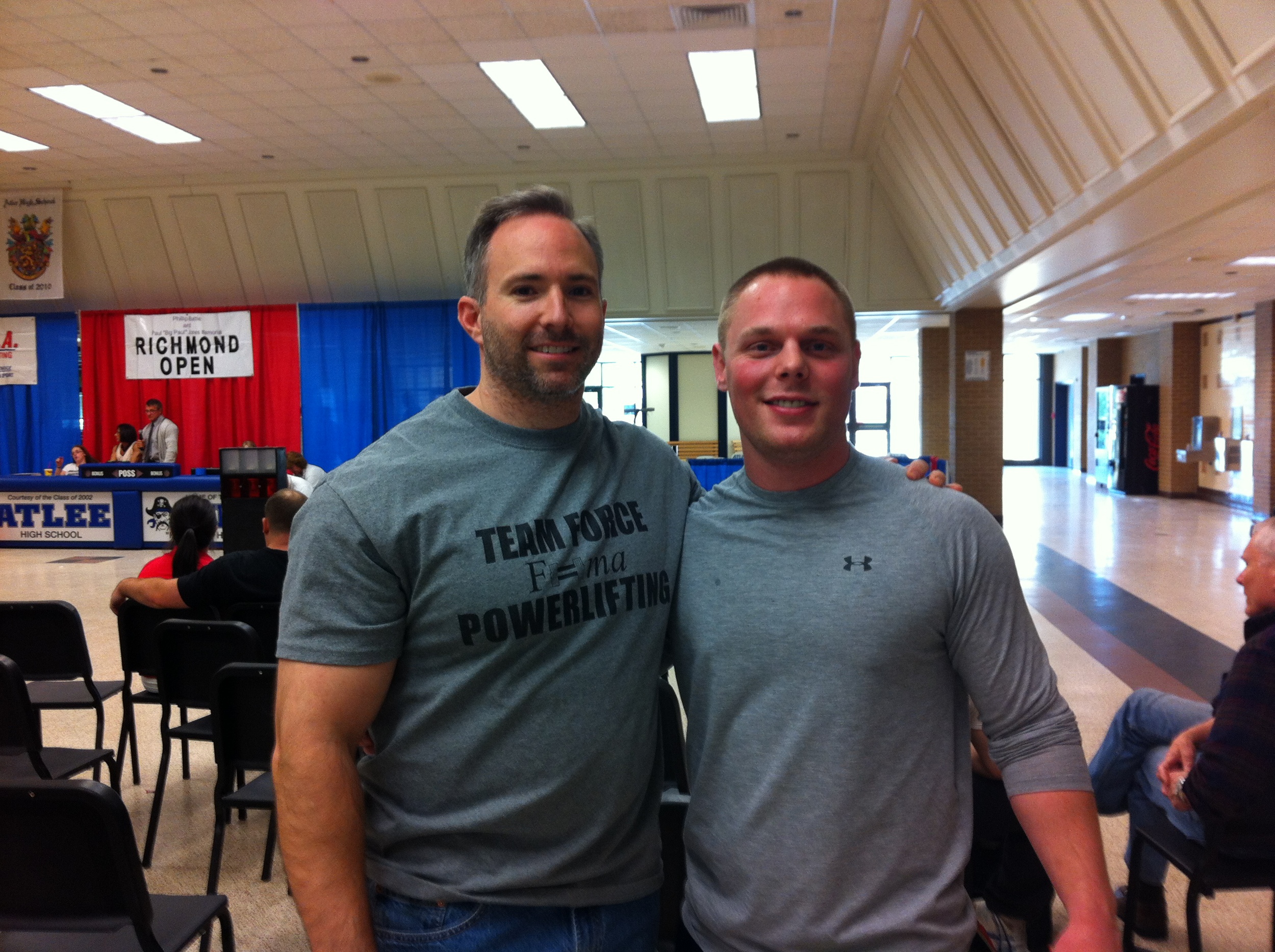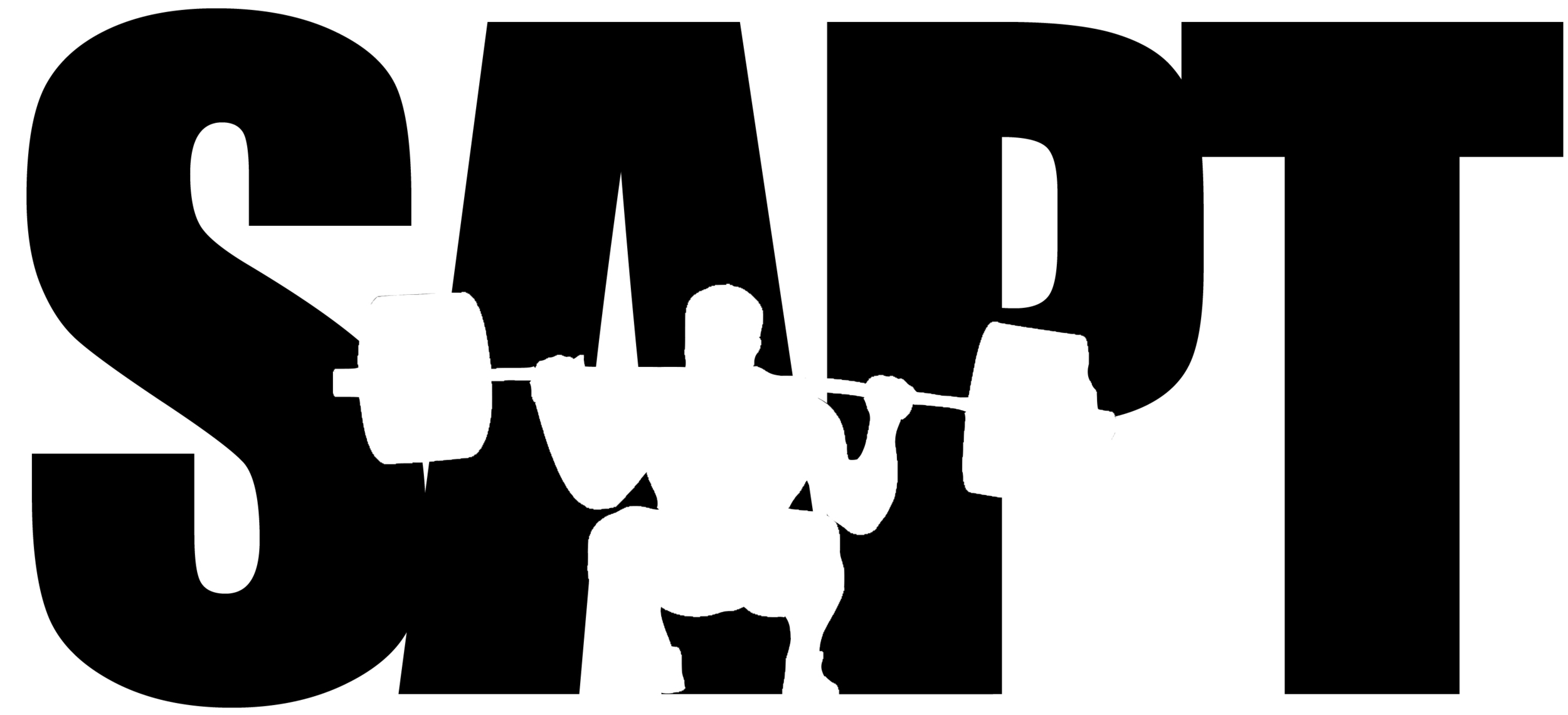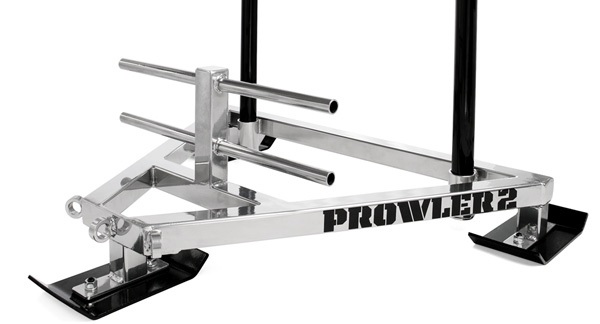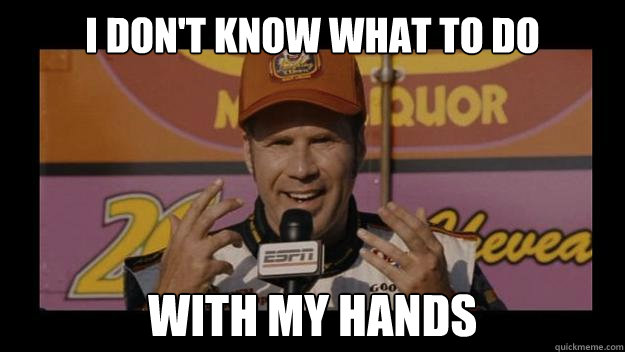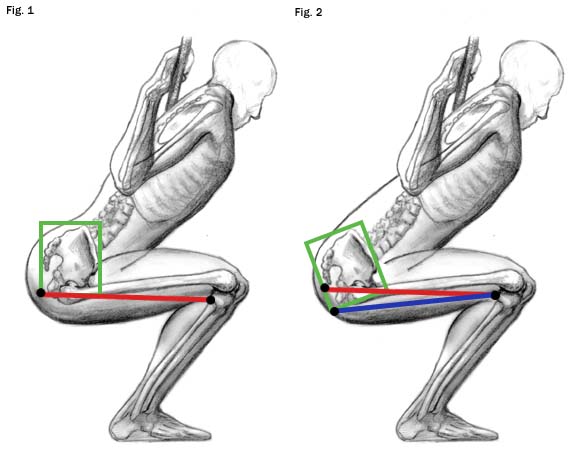2012 USAPL Richmond Open: Meet Results
I competed in the 2012 USAPL Richmond Open this past weekend and it was a huge success for me. I hit a PR in the squat and deadlift as well as my meet total! I competed at 181 and weighed in Saturday morning at 180.9 after cutting about 10lbs (first time I’ve had to cut weight). For anyone who read my post last week you know that I was very unsure going into the meet so for me to come out with PRs and meeting my goal of an 1100lbs total (finished with 1136lbs)is a huge deal for me. So without wasting any more time here is the video compilation of my attempts...
[vsw id="Mz3Dw8rR52k" source="youtube" width="425" height="344" autoplay="no"]
The only thing that even remotely ruffled my feathers as far as judging went was on my squat. On my first attempt I got red lighted for my depth even though I felt I was below parallel. Then on my second I got a white light but the judge still told me I was almost high. So for good measure on my third attempt I decided to hang out in the bottom so there wouldn’t be any question.
Bench press went alright. I was hoping to get around 325 but after my second attempt I only took a little jump. After all the trouble I’d been having with my shirt I was just glad to get on the board. After watching the videos I noticed a bunch of problems. My arch wasn’t as big as it could have been, I tucked my elbows too much then I didn’t flare them on the way up (this causes a loss in leverage), and for the position I started in I hit to low on my chest which threw off my whole stroke.
My deadlift went a lot better than expected. I actually feel like I could have gone much heavier on my last one but whatever I got the weight and the total. I still need to sit back into my heels more and pull back more as opposed to standing straight up which is very evident on my last attempt.
Right now my upcoming goals are to get stronger and continue to refine my technique on my lifts. I don’t like saying that I have to work on my weak points because as far as I’m concerned everything is weak and it all needs to be worked on. Is this the wrong attitude to have? Absolutely not, as I’ve stated before I don’t like feeling content. The moment I feel content and that I’m strong is the moment that I stop working hard and I don’t ever want to stop working hard.
I want to congratulate Carson on his first meet, he did a great job and we are all very proud of him. I also want to thank everyone who came out to support me and who helped me out with my training and everything else. Thanks to Gabe Naspinski who did my programming and also congratulations to him as well for totaling 2100 pounds at his meet in Tampa! Sean was a great training partner and it was a shame he couldn’t attend but he had some very important things to do in New York but thanks again man! My friend and current SAPT intern Tadashi was my handler for the whole thing and did an awesome job taking the stress off me, wrapping my knees, picking weights, etc. so thanks a lot man I couldn’t have done it without you. Steve was there to handle Carson but helped me out as well, he is a great friend and I’m glad he came down.
Tim Henriques was in attendance with his powerlifting team as well. Tim is someone that I look up to in this industry and for him to help out and lend his support like he did was a huge deal for me so thanks Tim!
SAPT’s longtime client and friend Ron came down, which was awesome that he would take a whole Saturday to support Carson and I, thanks Ron! Two of my buddies who I’ve been friends with for as long as I can remember came out as well which was cool for me to share this experience with them, thanks guys. Part of my family made the trek to Richmond too. This meant the world to me so thanks to my sisters, Sissy and Stephanie and to my nephew Trevor who is one of my best friends so that was doubly awesome that he came out.
Last but certainly not least I really want to thank my girlfriend Shannon for everything she did, has done, and will do. She learned very quickly how important competing in powerlifting is for me and she jumped right on board. Without any hint of boredom or annoyance she listens to me day in and day out talk about my training successes and struggles which very few people can pull off. She watches my videos and reads my articles and doesn’t think twice about it. She made the trip with me to Philadelphia to spend two days watching a powerlifting meet that I wasn’t even in! She even drove Tadashi and me to this meet and spent 7 hours waiting to film me and support me for only the 3 total minutes that I was on the platform. I am truly lucky to have her in my life so thank you Shannon, I love you very much!
2012 USAPL Richmond Open: Opening Attempts
The 2012 USAPL Richmond Open is a couple days away and I’ve officially switched into competition mode. This has been a very up and down training cycle. I’m attributing this to trying to get used to my gear and my own impatience. This is my first geared competition (single-ply) and I spent FAR too much time trying to get a lot of weight out of my gear. I rushed into trying to get a lot of support out of my gear which in hindsight was the worst thing I could have done, why? People spend years trying to figure out and use their equipment correctly; I tried to figure it all out in about 11 weeks. This took all of my energy and focus off the NUMBER ONE thing…. Getting stronger! Instead of spending those 11 weeks trying to get the most weight out of my equipment I should have just been trying to get stronger. After all this time I’ve gotten VERY little help out of my equipment and didn’t get much stronger at all. It was extremely impatient and immature of me to do that and trust me when I say I have learned from my mistakes. I know now that learning the gear will come I just need to focus on getting strong. With all that said I’ve sat down and examined everything that has gone on and what I hope to accomplish out of the meet and it’s quite simple…. Perform to the best of my abilities and get at least an 1100 pound total. I put all of this behind me a couple days ago and am now completely focused on the positive. I can tell everyone one thing, no one will compete as hard as me and no one will leave it all on the platform like I will.
Opening Attempts...
[vsw id="l8i1aIImtx4&list=UUKSYQ75Buogznl62rdbks2Q&index=1&feature=plcp" source="youtube" width="425" height="344" autoplay="no"]
It is not the critic who counts; not the man who points out how the strong man stumbles, or where the doer of deeds could have done them better. The credit belongs to the man who is actually in the arena, whose face is marred by dust and sweat and blood; who strives valiantly; who errs, who comes short again and again, because there is no effort without error and shortcoming; but who does actually strive to do the deeds; who knows great enthusiasms, the great devotions; who spends himself in a worthy cause; who at the best knows in the end the triumph of high achievement, and who at the worst, if he fails, at least fails while daring greatly, so that his place shall never be with those cold and timid souls who neither know victory nor defeat.
-Theodore Roosevelt
Complete and Utter Randomness
Just a few random thoughts that have been running around my mind and some training videos for everyone out there. Random Thoughts:
- I’ve been struggling as of late when it comes to high school weight training either as a class or after school for sports. It seems to be very few and far between that you have sport coaches/weight training teachers who know what they’re doing in the weight room (I’m not saying all of them). Just talking to athletes about what they do in there blows my mind such as maxing every three weeks with terrible form, crumpling under the barbell during a squat or rounding their back and hitching a deadlift just to get the weight up. Most of these kids can’t do a bodyweight squat correctly, why are they maxing with a barbell on their back? I’m not trying to make people angry but it just seems ignorant when there is so much good/free information everywhere that would help these coaches and their athletes immensely. I attribute this to one of two things, they are to prideful to admit they don’t know what they are doing or they just don’t care to find out that what they are doing is wrong and harmful. Either way it’s unacceptable.
- The previous thought kind of led into the idea of being average. I’ve heard people for as long as I can remember talk about how they are better than “average” or that they don’t want to be just “average”. I always thought that thinking like that was arrogant, or that they felt they were superior. I used to be of the mindset that in order to be above average you had to be something like an astronaut, sports superstar, movie star, bill gates, you know things along those lines. I’m assuming I thought that way because from the time I was in elementary school to the end of high school that’s what I felt I was, just average. Why? Because I was led to believe that’s what I was by OTHER people. It wasn’t until college when I started taking my physical education and exercise science classes that I started to realize that I wasn’t “average” and that I never want to be “average”. I started becoming more confident in my intelligence and through weight training I became more physically confident, and most importantly I stopped listening to negative people. This all lead to me understanding that it’s OK to NOT want to be average. Nobody should want that. Whatever it is that you are currently doing you shouldn’t be satisfied with being average at it. Whether you are a student, strength coach, teacher, sport coach, attorney, grounds keeper, etc. you should STRIVE to be better so you can look back when it’s all said and done and be able to say you left your mark. Anyways the reason why this all got sparked was because I’ve been hoping this is the message that I am instilling in the athletes I work with. There is enough negativity in the world and I REFUSE to be a negative influence when it comes to working with these kids.
- My last thought as of late is that I want to buy a truck. Really not for any other reason than to buy a Prowler to leave in the bed of the truck just so I can always have it on hand in case the mood strikes to push it. Weird right?
Videos:
And without further delay, here are some videos to take your mind off the incoherent rant you just read….
Here are two of our female high school volleyball athletes. I think they are just realizing that they are really strong. SAPT is really proud of all their progress…
[vsw id="FMDHzp6vgNQ&feature=plcp&context=C39b8df5UDOEgsToPDskI-__JGpLasMaUzxmWGNmtC" source="youtube" width="425" height="344" autoplay="no"]
[vsw id="M3Jig0E03yU&feature=plcp&context=C3727b68UDOEgsToPDskJwFc4CjK0PS3YH-jm0Cqxe" source="youtube" width="425" height="344" autoplay="no"]
The next video is of one of my training partners and GMU’s S&C graduate assistant John Delgado. He’s currently doing Jim Wendler’s 5/3/1 and he decided to get real squirrely with this 315 deadlift for what I believe is 13 reps…
[vsw id="z0_LQz4Ozpc&feature=plcp&context=C33ca6c3UDOEgsToPDskKWenvTSjHpaQLelmwS-4Da" source="youtube" width="425" height="344" autoplay="no"]
The last video is of me getting in some work for my upcoming powerlifting competition. My training is going really well and my squats and pulls feel really fast and smooth (bench is still feeling a bit weird and wild). I’m about 7 weeks out from the Richmond Open and I am getting all sorts of jacked up about it.
[vsw id="2wf2bLXjho0&feature=plcp&context=C3685becUDOEgsToPDskJylwT4GGTupMIdgICEXRTC" source="youtube" width="425" height="344" autoplay="no"]
It All Starts With the Grip
I decided to give my on camera prowess a go today and talk about an awesome squat grip. It’s a thumbless, pinkyless grip that I’ve seen great results with. I learned this from a strength coach that I used to work under who currently trains at Tampa Barbell. I suggest giving this a shot if your shoulder and t-spine mobility is as bad as a T-Rex. Lay off me about my on camera ridiculousness; I felt like Ricky Bobby, wasn’t quite sure what to do with my hands. 
[vsw id="EsoWv6qwZ7c&feature=autoplay&list=UUKSYQ75Buogznl62rdbks2Q&lf=plcp&playnext=1" source="youtube" width="425" height="344" autoplay="no"]
On another note, I am preparing for my first geared (single-ply) meet in April. In all my other competitions I have competed raw and really had no idea how different lifting in gear would be. I got my bench shirt in the mail the other day and decided to try it out. Needless to say, it was rough. And after trying it out I don’t want to ever hear people say using gear is easier, it’s not. Out of all the things I’ve done in the weight room it was by far the hardest and most taxing. My bench shirt repeated yelled at me, “I PWN NOOBS”. Check out the video of my epic fail; couldn’t even get it to my chest.
[vsw id="0TQ5LNXlvMM&list=UUKSYQ75Buogznl62rdbks2Q&index=1&feature=plcp" source="youtube" width="425" height="344" autoplay="no"]
Squat vs. Box Squat (+ Personal Update)
I just stumbled upon a study published in the Journal of Strength & Conditioning Research in December 2010 titled: “Comparison of kinetic variables and muscle activity during a squat vs. a box squat.” Basically, what the study found is that box squatting was measured to produce both more force and more power than a traditional squat at certain working percentages!
I’m sure many people assume the box’s only value is to ensure depth, but those of us who are familiar with old articles from Westside Barbell or EliteFTS know better:
- A pause on the box – with or without relaxation – takes away the stretch-shortening cycle and forces the athlete to generate all that speed and power from the bottom position. No relying on stored energy, this pays huge dividends when you finally get the opportunity to use a “bounce” out of the hole.
- The same pause that removes the stretch-shortening cycle is also the responsible factor for why box squatting or dynamic effort box squatting can be considered valuable supplemental deadlift work, too. Why? In the deadlift you start from the bottom with virtually no stored energy.
- A bigger squat and a bigger deadlift?!? Sign me up!
Below I’ve put in a repost of mine from last May. Maybe the big gains were due to the BOX? Eh, it was still the dynamic effort work, I’m certain. But, I've now found real science backing up that decision to use a box:
Dynamic Effort Training to Fuel Huge Strength Gains (from May 2011)
I had something wonderful happen last week: the George Mason Throwers – who just came off the season – retested in the squat and everyone PR’d. I’m not talking 5lb PR’s, we had HUGE PR’s of 55lb and even 60lb (that’s a 365lb squat moving up to 425lb and a 455lb squat moving up to 510lb)! The lowest PR was 20lb. This progress occurred over about 16-weeks. By the way, I called the depth on each attempt myself, anyone who knows me personally knows I’m a stickler for proper squat depth.
I will be (and that day I was) the first to admit how shocked I was at our new numbers. You see, we were retesting so everyone could be sure they are working off the correct percentages for their summer training program. Coming off the season, I figured everyone would be down around their old max (if we’re lucky) or even below… that’s how it works, right? Maybe not…In hindsight, my approach to this team (much like the sprinters and jumpers I wrote about last week) has been extremely conservative. So what was the catalyst for all these great PR’s? Dynamic Effort Squats (or Speed Squats as they’re sometimes called) are the key to their success.
What are they? Dynamic Effort squatting is a squat that is performed using relatively low percentages and performed as fast as possible through the concentric portion.
Why did we use them?The Throws’ coach communicated to me at some point in December or January that the group, generally speaking, needed to learn to accelerate through to the “block” portion of the throw. I suggested Speed Squats.
How do you use them? Don’t mess with success: There is a pretty tried and true method to speed squat success and you can work off of these parameters for YEARS. If you are new to speed squatting try this wave over a three-week period: Week 1 10x2@50% - Week 2 10x2@55% - Week 3 8x2@60% - stay strict with a maximum of 60 seconds rest between sets.
Can Olympic lifts take the place of Dynamic Effort Squats? Theoretically, yes. In practice, absolutely not! The problem with the Olympic lifts and their variations is the complexity of the movement – it is, after all, its own sport. You are better off taking a simple movement that an athlete is familiar with and squeezing out every drop of progress (which will last through 4-5 years of a college career, I promise).
It blows my mind how relatively unknown Dynamic Effort lifting remains to many coaches. But, then again, the only reason I know the ins and outs of the method is via my colleagues over the years. Okay, I NEVER do this, so since you’re probably already sitting down – stay there! I don’t want anyone injured… Below are a full 4 waves of lower body lifting I wrote for the throwers this past semester. You’ll see that we did a lot of speed squatting and very little heavy accessory work. Really take a close look at the last few weeks. Oh, and a note about Wave 3, the team’s CNS was trashed so I took the DE squats out to let the team recoup. Finally, in addition to this mandatory team session lower body training day, we had an additional Saturday lift that was to be completed on their own. It consisted of very basic movements to “clean up” what we couldn’t get to during the two days they see me.
Wave 1: Weeks 1-3
A1 High Pull
6x3@65%
5x2@75%
4x1@85%+
A2 Rocking Ankle Mob
2x10
2x10
2x10
Banded DE Box Squat
10x2@40-50%
9x2@45-55%
8x2@50-60%
B1 Band Pistol Sq
2x5
3x5
3x6
B2 Pallof Press
2x6
2x7
2x8
C1 DB Swing
2x12
3x10
3x12
C2 Plate Pinch
2x:15
2x:20
3x:15
Wave 2: Weeks 4-6
DE Box Squat
10x2@50%
9x2@55%
8x2@60%
A1 Oblique Deadlift
6x3
6x2
4x1
A2 Body Saw
3x10
3x10
3x10
B1 Bulgarian Split Sq
2x5
3x5
3x6
B2 St. Arm Walkout
2x6
2x7
2x8
C1 OH Plate Squat
3x6
3x8
4x6
C2 Plate Pinch Driver
2x10
3x8
3x10
Week 7: Deload Week – light DB and bodyweight work… step away from the barbell!Wave 3: Weeks 8-10 – Taper Begins
“Low” Bar Squat (1/4 Squat depth)
4x3@75%
3x2@80%
3x1@85%+
A1 Oblique Deadlift
4x3
3x2
skip
A2 Partner Plank
4x:15
3x:20
2x:10
B1 SL DB RDL
3x6
2x8
2x5
B2 MB Side Throw
3x6
3x7
2x5
C1 OH Plate Squat
2x10
3x8
3x6
C2 Hex Hold
2xFAIL!
2xFAIL!
2xFAIL!
Wave 4: Weeks 11-13 – Taper Continues to Conference
DE Box Squat
5x2@50%
4x2@55%
n/a
“Low” Bar Squat
3x1
3x1
n/a
A1 SL ¼ Squat
2x5
2x5
2x5
A2 MB OH Throw
2x5
2x5
2x5
DB OH Squat
2x6
2x5
3x6
Lastly, here's a personal update from the weekend: Arabella "successfully completed" her first 1K race - I believe it was with a blazing fast time of 17:25. She made it on her own for a little less than half the race and I carried her the rest of the way.
In all honestly, the "Fun" Run was anything but fun. 1. It was super cold outside which wouldn't have been so much of a problem if they had started the race on time, not made everyone stand there for an extra 25 minutes. 2. Number 1 led to a fairly uncomfortable and cranky Arabella (finely tuned athletes can not be kept waiting!). 3. There was ice all over the place! Arabella slipped several times as she pushed for a PR.
The Goblin Gallop was well run, as always, and they certainly didn't have control over the weather. Regardless, I think this will be a wonderful memory for my family in the future!
How Low Should You Squat?
I was hanging out with some good friends of mine over the weekend, and one of them asked me about a hip issue he was experiencing while squatting. Apparently, there was a "clicking/rubbing sensation" in his inner groin while at the bottom of his squat. I asked him to show me when this occurred (i.e. at what point in his squat), and he demoed by showing me that it was when he reached a couple inches below parallel. Now, I did give him some thoughts/suggestions re: the rubbing sensation, but that isn"t the point of this post. However, the entire conversation got me thinking about the whole debate of whether or not one should squat below parallel (for the record, "parallel," in this case means that the top of your thigh at the HIP crease is below parallel) and that"s what I"d like to briefly touch on.
Should you squat below parallel? The answer is: It depends. (Surprising, huh?)
The cliff notes version is that yes in a perfect world everyone would be back squatting "to depth," but the fact of the matter is that not everyone is ready to safely do this yet. I feel that stopping the squat an inch or two shy of depth can be the difference between becoming stronger and becoming injured.
To perform a correct back squat, you need to have a lot of "stuff" working correctly. Just scratching the surface, you need adequate mobility at the glenohumeral joint, thoracic spine, hips, and ankles, along with possessing good glute function and a fair amount of stability throughout the entire trunk. Not to mention spending plenty of time grooving technique and ensuring you appropriately sequence the movement.
Many times, you"ll see someone make it almost to depth perfectly fine, but when they shove their butt down just two inches further you"ll notice their lumbar spine flex (round out), and/or their hips tuck under, otherwise known as the Hyena Butt which Chris recently discussed.
If you can"t squat quite to depth without something looking like crap, I honestly wouldn"t fret it. Take your squat to exactly parallel, or maybe even slightly above, and you can potentially save yourself a crippling injury down the road. It amazes me how a difference of mere inches can pose a much greater threat to the integrity of one"s hips or lumbar spine. The risk to reward ratio is simply not worth it.
The cool thing is, you can still utilize plenty of single-leg work to train your legs (and muscles neglected from stopping a squat shy of depth) through a full ROM with a much decreased risk of injury. In the meantime, hammer your mobility, technique, and low back strength to eventually get below parallel if this is a goal of yours.
Not to mention, many people can front squat to depth safely because the change in bar placement automatically forces you to engage your entire trunk region and stabilize the body. You also don"t casino online have to worry about glenohumeral ROM which sometimes alone is enough to prevent someone from back squatting free of pain.
Also, please keep in mind that when I suggest you stop your squats shy of depth I"m not referring to performing some sort of max effort knee-break ankle mob and then gloating that you can squat 405. I implore you to avoid looking like this guy and actually calling it a squat:
(Side note: It"s funny as that kind of squat may actually pose a greater threat to the knee joint than a full range squat....there are numerous studies in current research showing that patellofemoral joint reaction force and stress may be INCREASED by stopping your squats at 1/4 or 1/2 of depth)
It should also be noted that my thoughts are primary directed at the athletes and general lifters in the crowd. If you are a powerlifter competing in a graded event, then you obviously need to train to below parallel as this is how you will be judged. It is your sport of choice and thus find it worth it to take the necessary risks of competition.
There"s no denying that the squat is a fundamental movement pattern and will help ANYONE in their goals, whether it is to lose body fat, rehab during physical therapy, become a better athlete, or increase one"s general ninja-like status.
Unfortunately, due to the current nature of our society (sitting for 8 hours a day and a more sedentary life style in general), not many people can safely back squat. At least not initially. If I were to go back in time 500 years I guarantee that I could have any given person back squatting safely in much less time that it takes the average person today.

